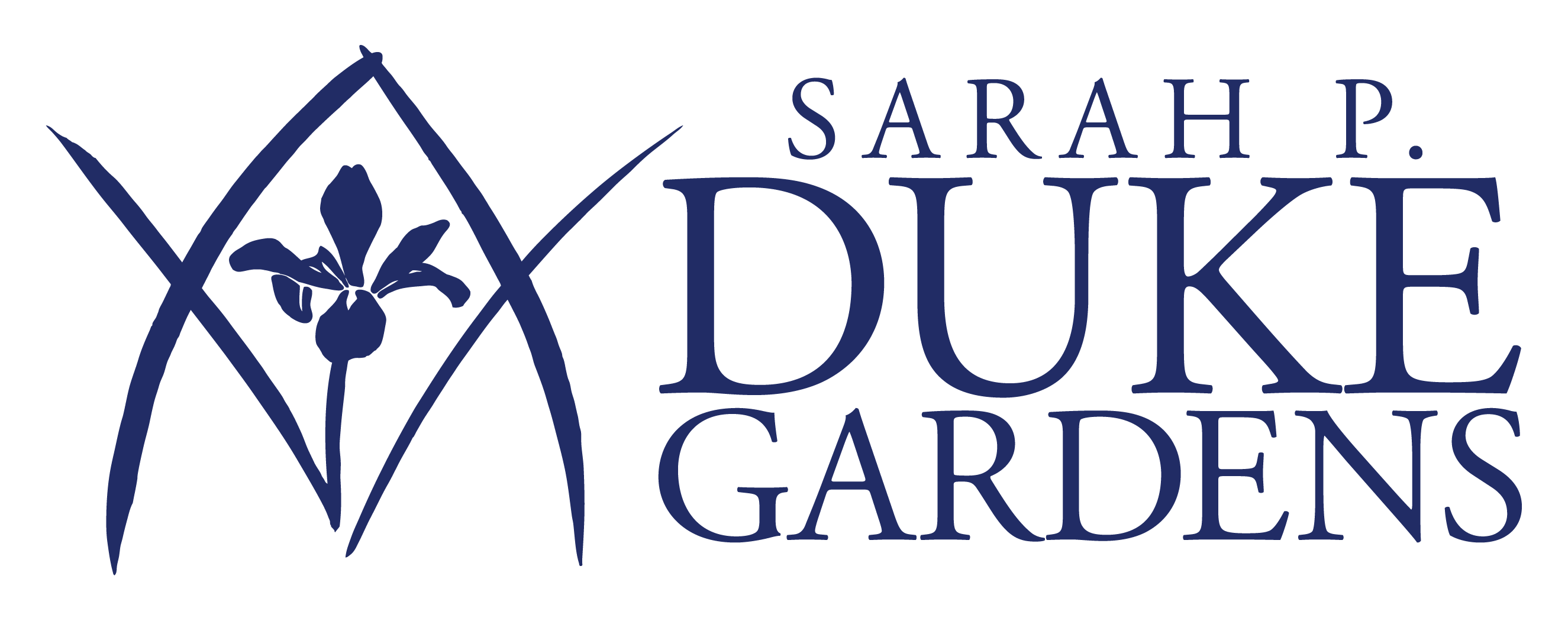
Photo by Clarence Burke.
Location in Duke Gardens: We have several pollinator houses in the Charlotte Brody Discovery Garden.
Native Range: We have hundreds of native pollinators throughout the United States. This style of house can be used anywhere.
How many people have been out and about at a park or even Duke Gardens and seen a small box hanging with a bunch of little holes drilled in it? If so, then you were likely looking at a pollinator house.
Calling them pollinator houses implies that those little holes are where the pollinators live, which would make sense, considering it is called a “house.” But that would be incorrect. It should be called a pollinator nursery. Inside those little tubes is an adult female mason bee or wasp that is laying eggs. In the case of the mason bee, the adult female collects pollen and nectar and places it at the back of the tube, then proceeds to lay a single egg on top of that mixture. She then builds a mud wall and starts the process over again until the tube is full. Those eggs hatch in the coming days and eat the pollen mixture as larva. When the time is right the larvae pupate, and they will remain in that state until the following spring, when they will emerge and start the process over again.
There are many ways to create these pollinator houses. Here are two good options. The first and easiest would be to find a nice block of wood that is at least 4 inches thick, and drill multiple 3/8-inch diameter holes in the front of the wood. Try to get the holes at least 3 inches deep. The second way, which is more decorative, would be to build a box that is 6 inches deep and closed on one end. Cut bamboo pieces to 6 inches long and stack them inside the box. At Duke Gardens, we use bamboo stakes to support plants, and we cut our pollinator box inserts from the same bamboo.
Place your pollinator house at least 3 feet off the ground to protect it from animals. Try to find a spot that has some wind protection and also gets non-direct sunlight, so it’s not too hot in summer but warm enough in winter. If you have a flower or water garden that attracts insects, placing your pollinator house there will bring pollinators quickly. Your pollinators will also appreciate a water source nearby.
In central North Carolina, early March is a good time to get your newly completed pollinator house out into your yard. But we have installed them at other times of year, too. The houses in the top photo were made by a summer intern and installed in late summer.
